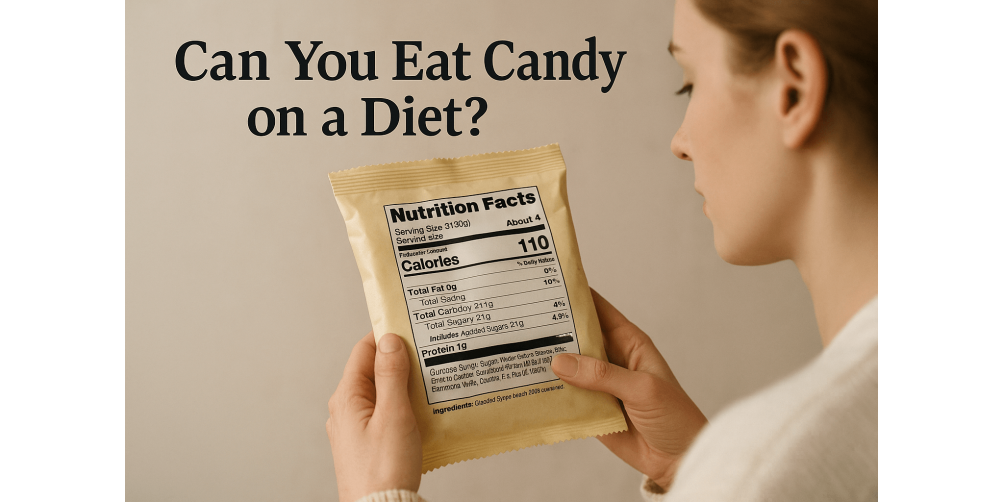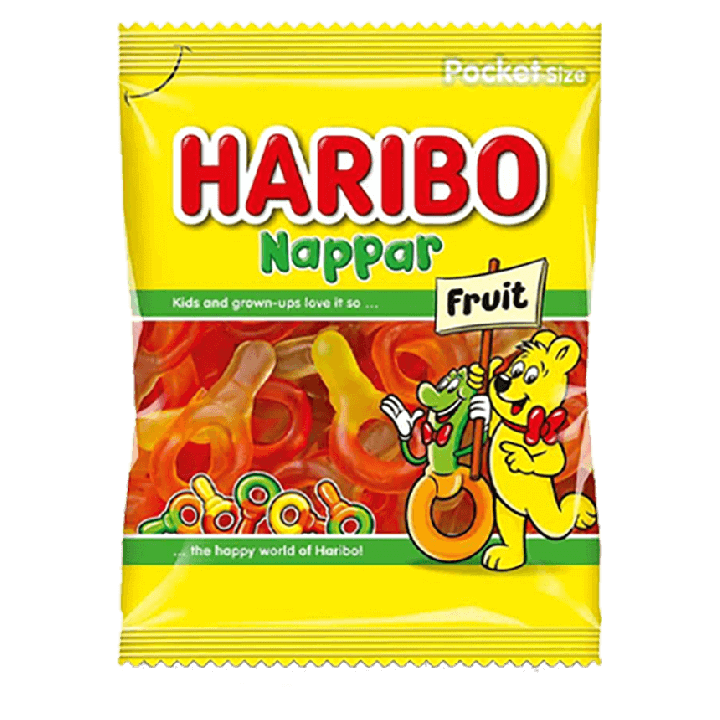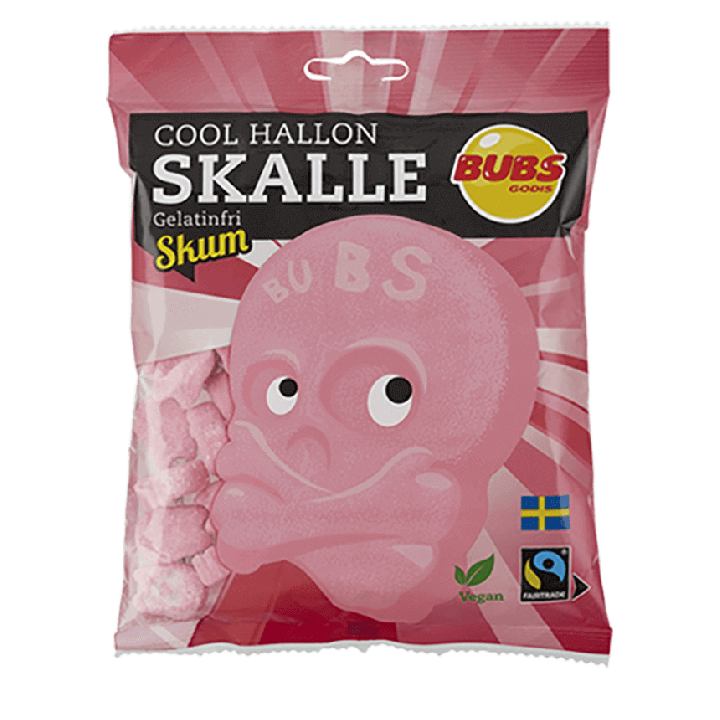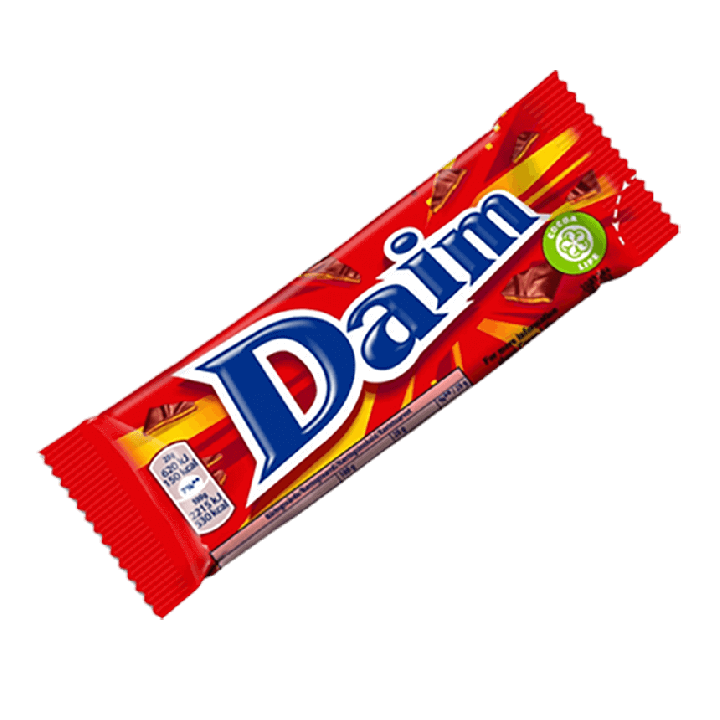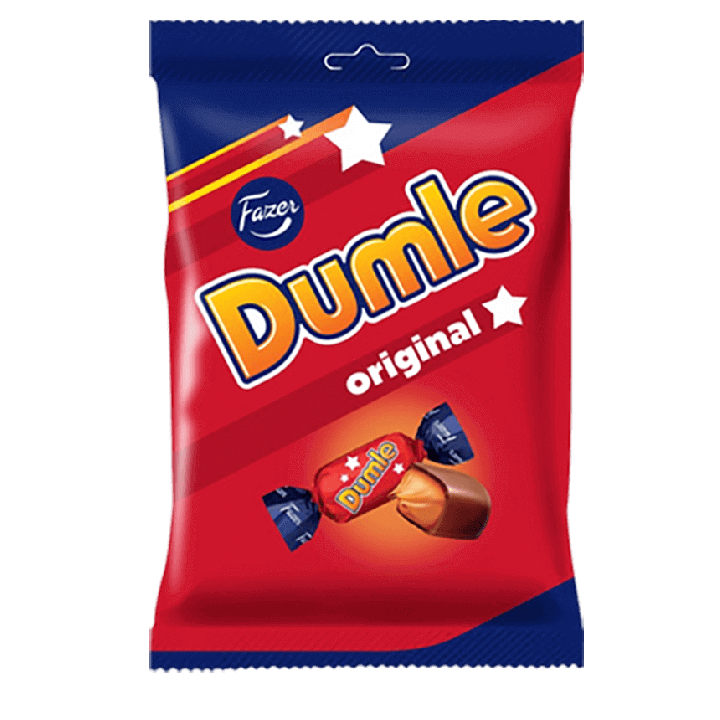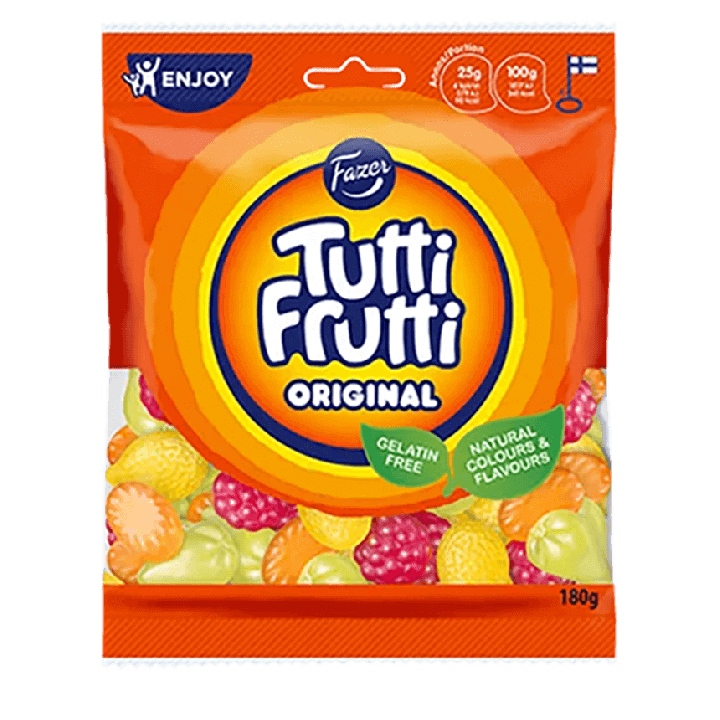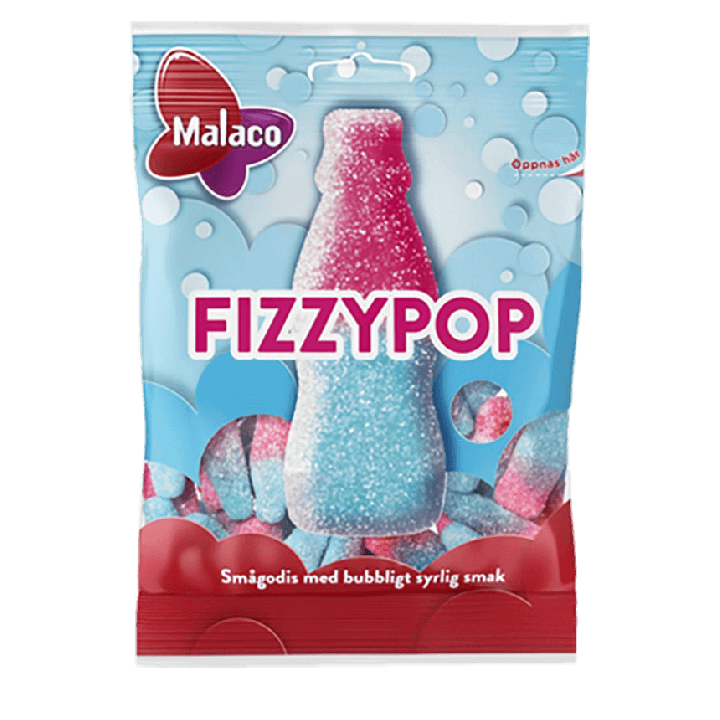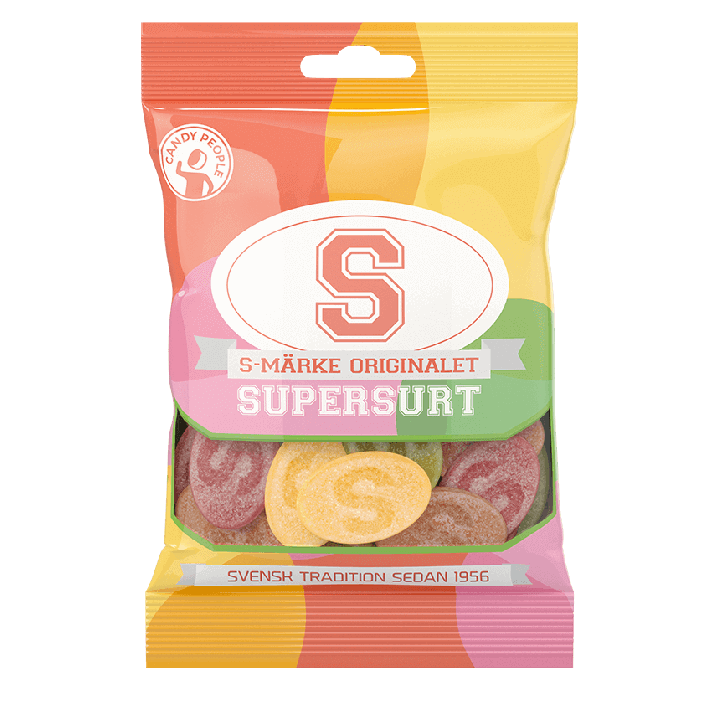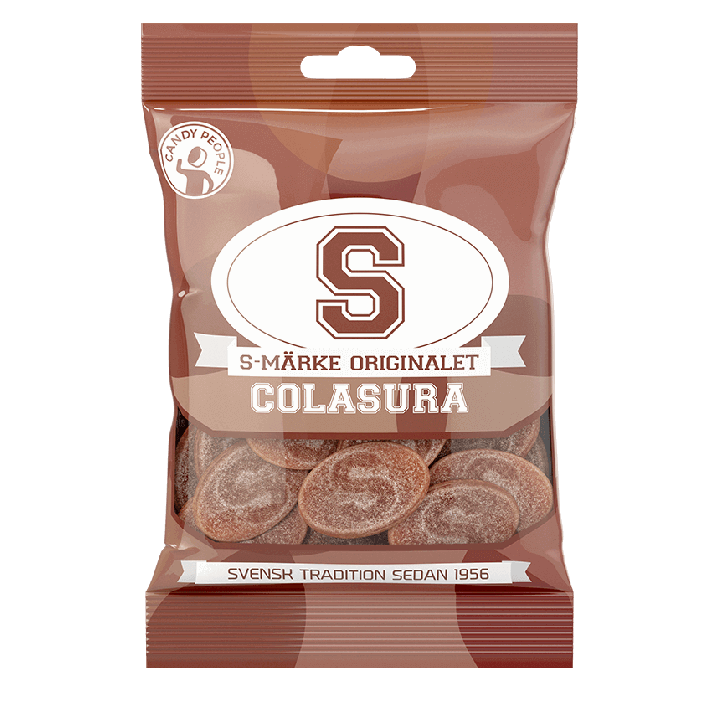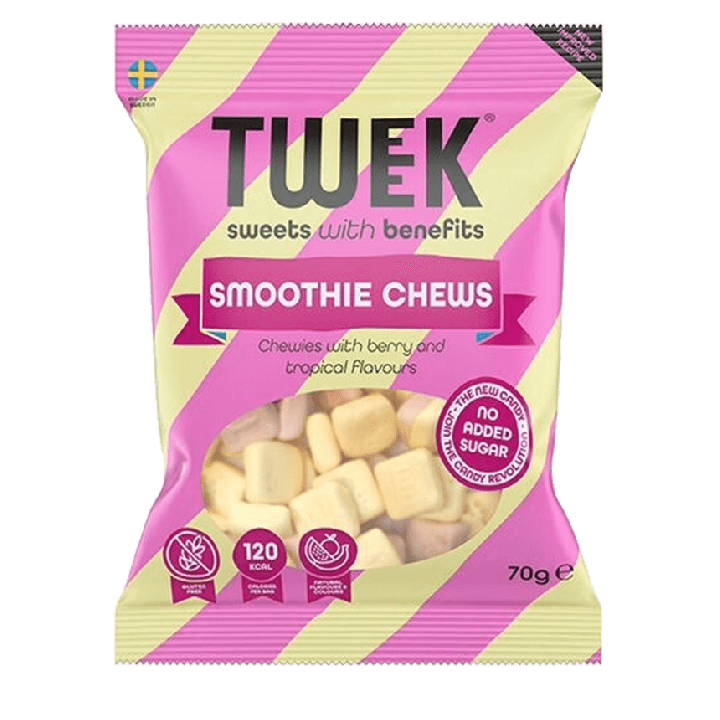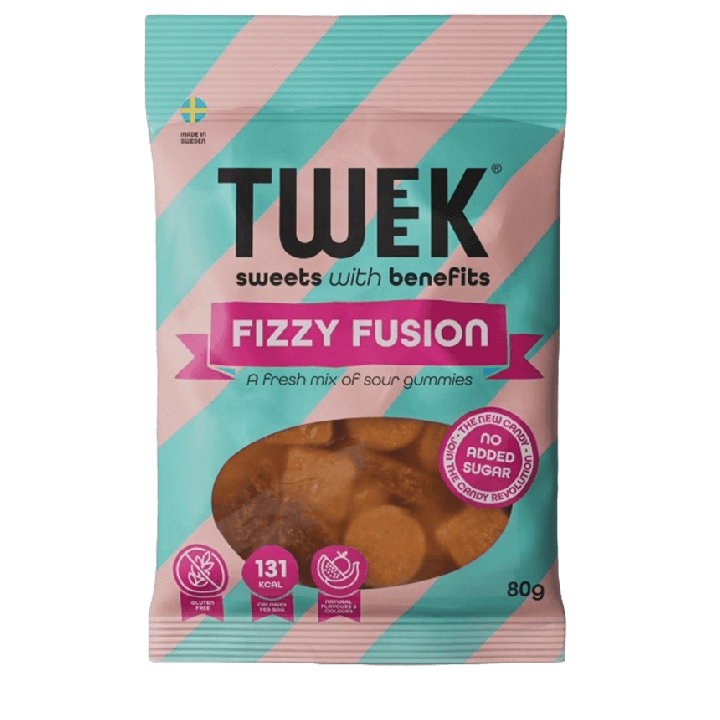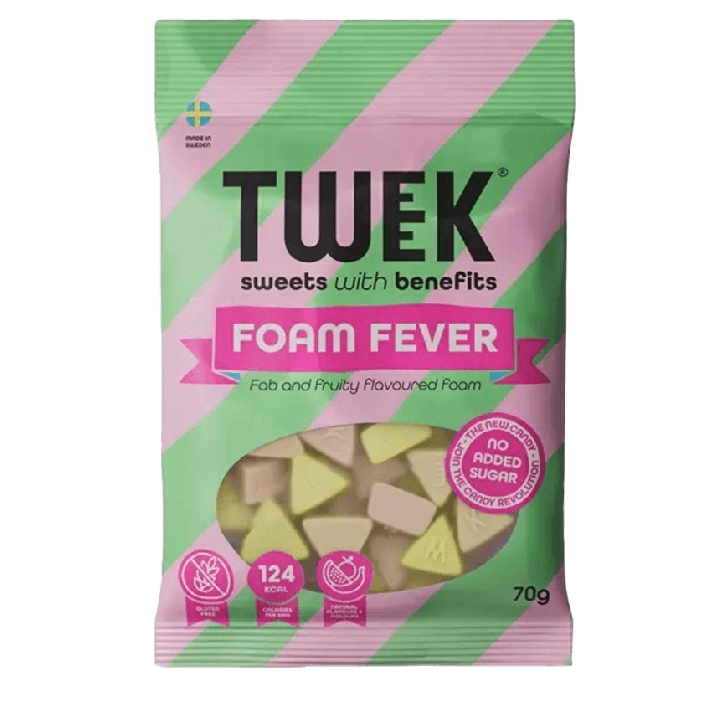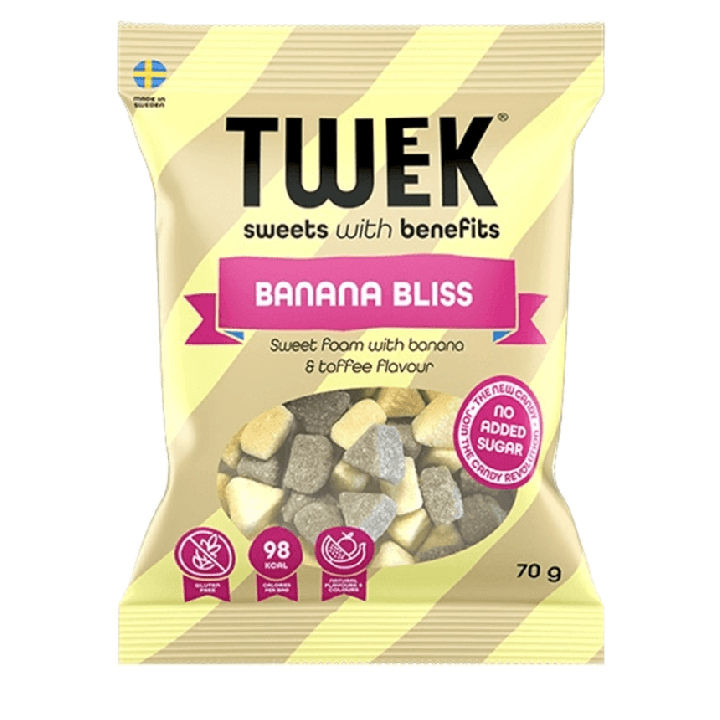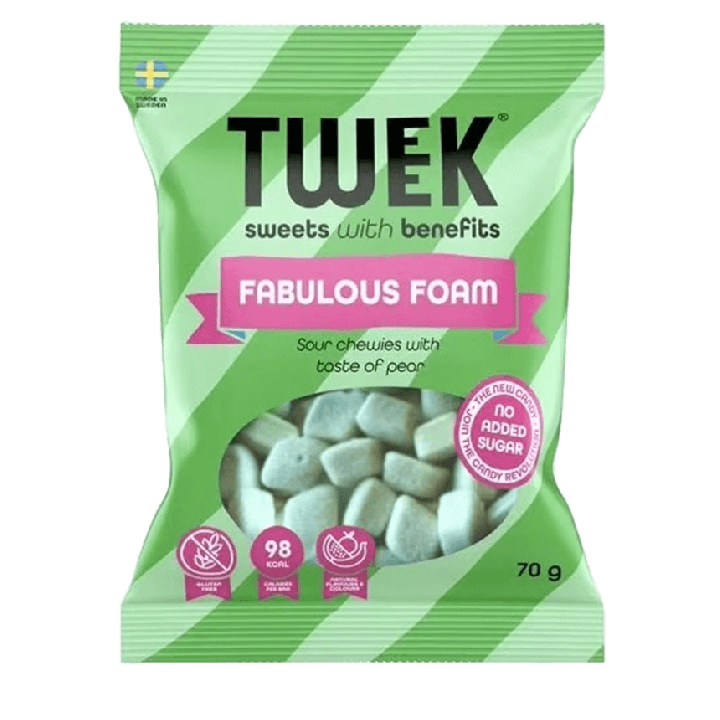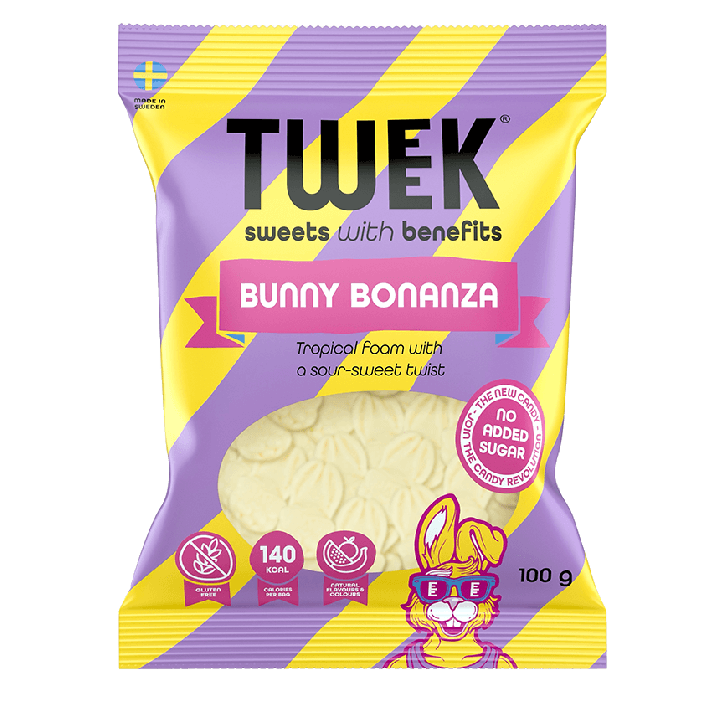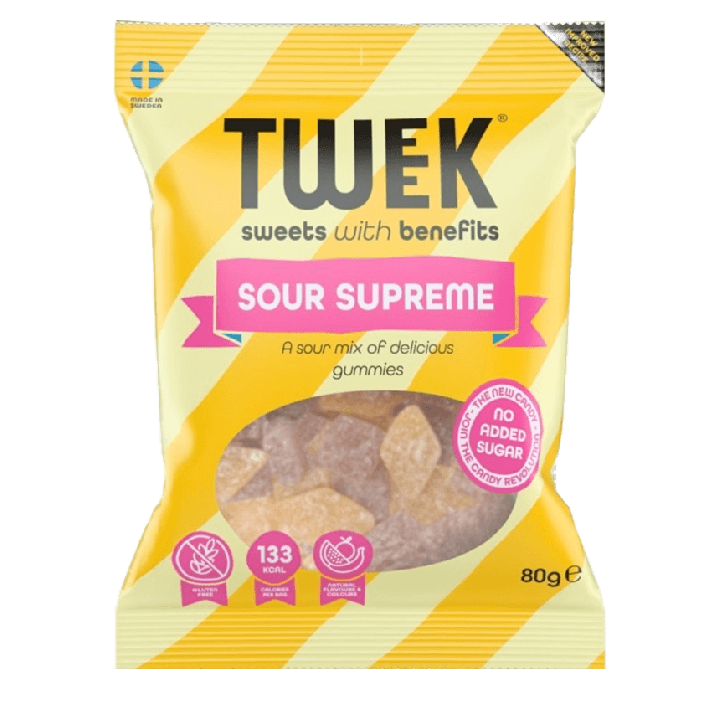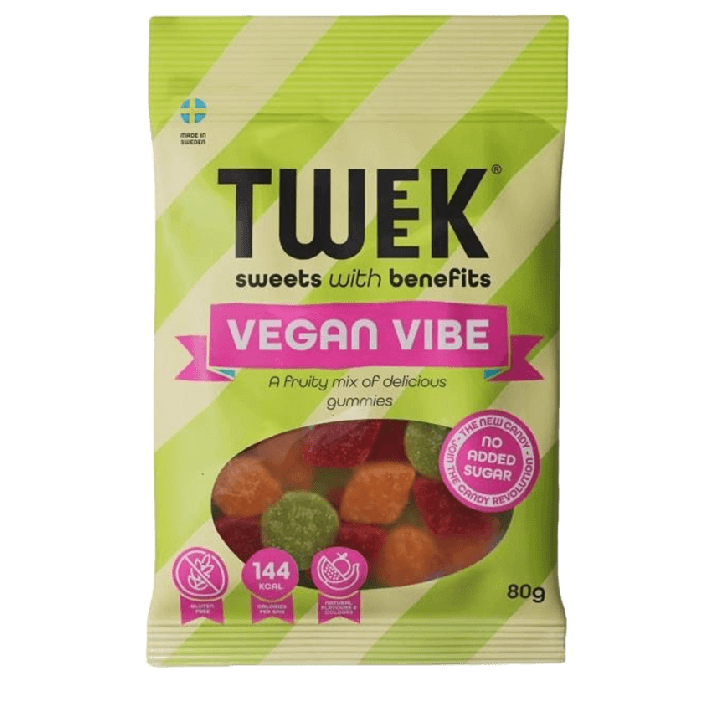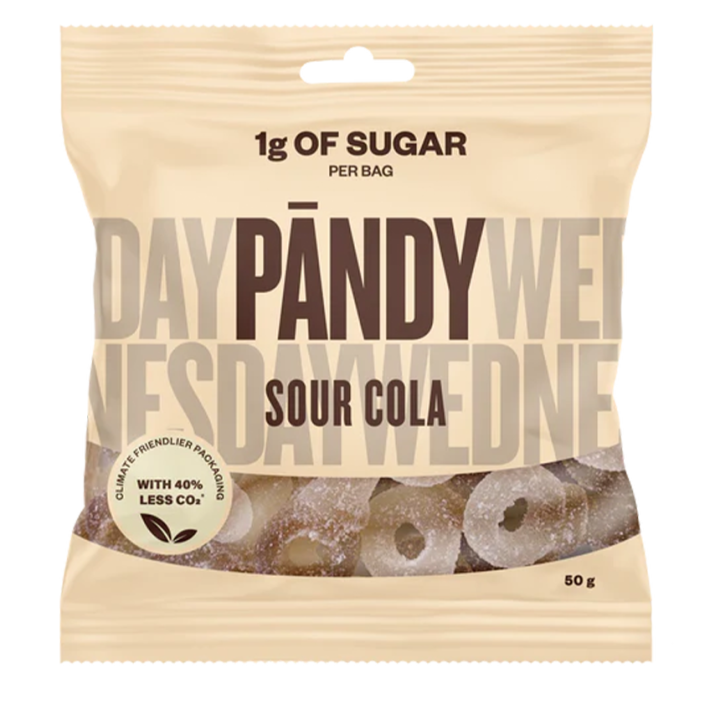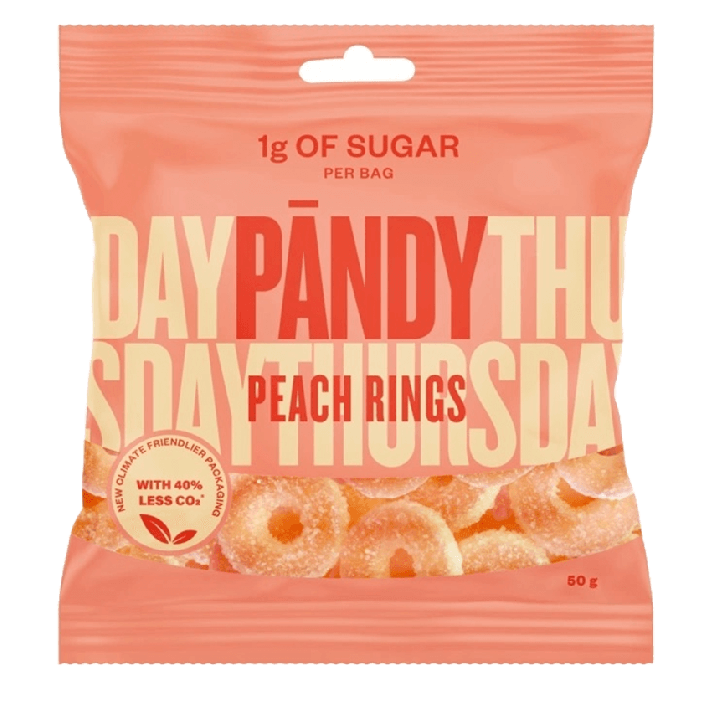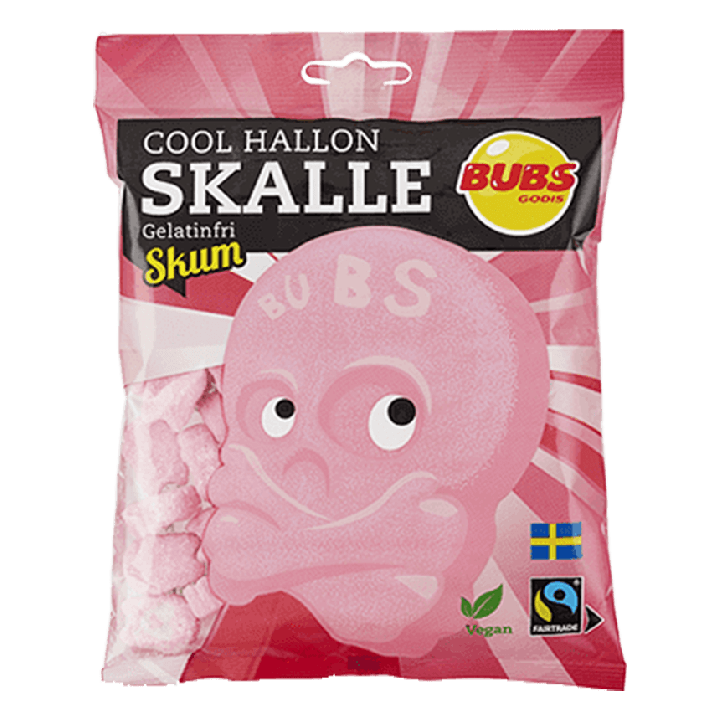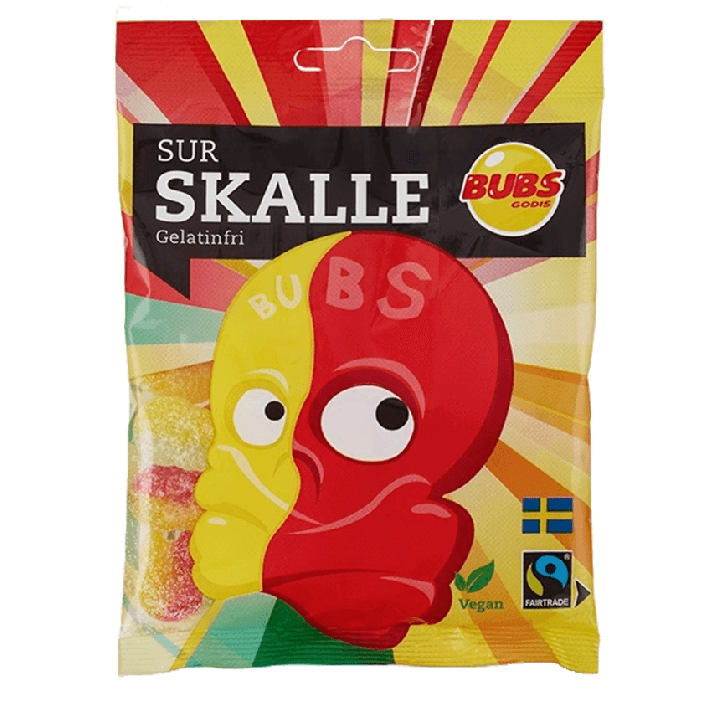Can you really enjoy candy and still stick to your diet? Yes, and in this guide we take a closer, more scientific look at how that is possible. We explore how swedish candy (and sweedish candy for our typo-prone friends) can fit into a balanced lifestyle while answering some of the most frequently asked questions about blood sugar, nutrition, and weight loss.
You’ll learn how your body responds to sugar and artificial sweeteners, what separates traditional sweets from modern alternatives like sugar free gummies or plant based foamy candy, and how international brands such as Bubs, Tweek and Pandy are reshaping what it means to enjoy candy without compromising your health goals.
Table Of Contents
Understanding Candy and Nutrition: A Scientific View
Candy affects the body in different ways depending on its ingredients and how it is processed. According to the World Health Organization (WHO), high consumption of free sugars, especially in sugary snacks and beverages contributes to unhealthy weight gain and an increased risk of noncommunicable diseases such as type 2 diabetes and heart disease. Refined sugars, common in traditional candy, are rapidly absorbed by the body and can lead to sudden spikes in blood sugar and insulin levels. These spikes are often followed by crashes, leading to hunger, fatigue, and cravings that can make it harder to stick to a healthy eating plan.
However, not all candy behaves the same way in the body. Studies published in journals such as Nutrients and the Journal of Nutrition and Metabolism show that sugar alcohols like erythritol and xylitol have a minimal effect on blood sugar levels. Erythritol, for example, has a glycemic index of zero, meaning it does not cause a rise in blood glucose, and is largely excreted unchanged in the urine. Stevia, a plant-based sweetener, is also widely studied and considered safe by the European Food Safety Authority (EFSA). Some evidence suggests that stevia may even support improved glucose tolerance when used regularly.
These findings help explain why modern sugar free or low sugar candy options, especially those made with natural sweeteners and fiber, can be better choices for people monitoring their weight or blood sugar. Brands like Tweek and Pandy often use combinations of plant based ingredients, sugar alcohols and added fiber to create sweet treats that are both satisfying and more metabolically friendly.
Let’s start with what actually happens when you eat candy. According to the World Health Organization, excessive intake of free sugars leads to spikes in blood sugar and increased risk of metabolic conditions such as type 2 diabetes. Traditional candy, typically made of refined sugar and rapidly digestible carbohydrates, enters the bloodstream quickly. This causes a sharp increase in blood glucose, triggering insulin production. While insulin helps shuttle sugar into cells for energy, repeated glucose surges can lead to energy crashes, increased hunger, and fat storage over time.
Research published in the Journal of Nutrition and Metabolism supports this, highlighting that high-glycemic foods such as traditional candy may contribute to long-term weight gain and insulin resistance. On the other hand, modern candy innovations aim to reduce this effect.
-
Sugar free candy made with alternatives like erythritol, xylitol, or stevia has minimal impact on blood sugar and is often calorie reduced.
-
Vegan candy that is gelatin free and plant based may include added fiber or natural ingredients that slow digestion and reduce glycemic response.
-
Low calorie candy helps reduce total energy intake, making it easier to maintain a caloric deficit for weight loss.
These options, when enjoyed in moderation, provide ways to satisfy cravings without triggering the metabolic rollercoaster associated with conventional sweets.
What Affects the Healthiness of Candy?
1. Type of Sweeteners
Natural sweeteners and sugar alcohols do not affect blood sugar in the same way as glucose or fructose. For example:
-
Erythritol has a glycemic index of 0 and is largely excreted through urine without being metabolized by the body. According to a review in the journal Nutrients (2020), erythritol may even offer antioxidant benefits in addition to its negligible impact on blood glucose.
-
Stevia, derived from the Stevia rebaudiana plant, is calorie free and does not raise insulin levels. It is approved by both EFSA and FDA as safe for use and has been studied for potential positive effects on insulin sensitivity.
2. Candy Form Matters
The form and texture of candy influence how quickly it is digested and absorbed:
-
Foamy and marshmallow candies, such as those from Malaco or Cloetta, are often aerated and have lower density, which can reduce the calorie load per piece. However, they may still contain sugar unless specified as sugar free.
-
Gummies tend to be dense and chewy, often higher in sugar by weight, but newer varieties from brands like Pandy and Tweek are formulated with polyols and fiber to reduce both calorie and glycemic impact. Research in Frontiers in Nutrition highlights that texture and chewing time can influence satiety, which may indirectly support portion control.
3. Additives and Nutrient Content
Nutrient fortification and functional ingredients can improve the health profile of candy:
-
Protein enriched candy, like certain Pandy products, can support satiety by slowing digestion and promoting a feeling of fullness. Studies suggest that higher protein intake during snacking may support weight management and muscle preservation during calorie restriction.
-
Fiber added to candy not only improves digestion but can slow the absorption of sugars. Soluble fiber in particular has been shown to improve postprandial blood sugar response. Products from brands like Tweek often incorporate prebiotic fibers to enhance digestive health.
These three factors — sweeteners, form, and nutrient additions — play an important role in determining whether a piece of candy will contribute positively or negatively to your overall dietary goals.
Can Candy Fit Into a Diet Plan?
Absolutely – but the context matters. Research from the British Journal of Nutrition and other reputable sources emphasizes that occasional treats can be part of a healthy eating pattern, especially when they are consumed mindfully and chosen strategically. Here's how candy can realistically fit into different health and fitness routines:
For Weight Loss
-
Choose low calorie or sugar free options that help reduce overall energy intake without sacrificing taste
-
Avoid bingeing; portion control is key to prevent excess calorie consumption
-
Pair candy with protein or fiber to slow absorption and promote satiety, which can help manage cravings between meals
For Blood Sugar Control
-
Avoid high glycemic index sweets that lead to sharp glucose and insulin spikes
-
Choose vegan candy with no gelatin or added sugars, which often includes added fiber or polyols for a lower glycemic response
-
Sugar free gummies sweetened with erythritol or xylitol can be useful, although high intake of polyols like xylitol may cause digestive discomfort in sensitive individuals
For Intermittent Fasting
-
Candy technically breaks a fast, but if consumed during the eating window, low sugar options are less likely to disrupt metabolic balance
-
Foamy or marshmallow-based sweets tend to be lighter and may reduce the risk of triggering excessive hunger or further cravings post-fast
The key is always balance and awareness. Candy can absolutely fit into your diet if you understand the ingredients, timing, and portions that work for your goals.
FAQs: Science Meets Sweet Tooth
Can I eat candy every day?
Yes, as long as it fits into your overall nutritional goals. A small serving of sugar free or vegan candy can be enjoyed daily by many people, especially when it replaces more calorie-dense or sugary snacks. However, moderation remains important. According to the American Heart Association, it is wise to keep added sugar below 25 grams per day for women and 36 grams for men.
What candy is best for weight loss?
The best options are typically those that are low in sugar, high in fiber, or contain added protein. Candy from brands like Tweek and Pandy is developed with these principles in mind. Choosing options labeled as sugar free, gelatin free, or plant based can help reduce total calorie intake while still satisfying sweet cravings.
Will sugar free candy help me lose weight?
It may support weight loss when used to replace higher-calorie alternatives. However, not all sugar free candy is equal. Some products may still contain fast-digesting carbs or sweeteners that affect appetite. It’s also important to remember that excessive consumption of sugar alcohols like xylitol can cause digestive upset in some individuals.
Is salty licorice healthy?
Salty licorice, especially the kind made by Malaco or Cloetta, is often lower in sugar and fat compared to other candies. However, it can contain ammonium chloride (salmiak), which in large quantities may not be suitable for everyone. Enjoyed occasionally, salty licorice can be a flavorful, lower-sugar option in a varied diet.
Are vegan candies better?
Vegan candies are often gelatin free and can include natural colors and plant based fibers. While being vegan does not automatically mean a candy is healthy, many vegan products like those from Bubs, Tweek and Fazer are crafted with fewer additives and less sugar, making them a smart choice for those looking to avoid animal products and keep ingredients clean.
How much sugar is safe daily?
The World Health Organization recommends keeping added sugars to under 10 percent of total daily energy intake and ideally under 5 percent for additional health benefits. That translates to about 25 grams of sugar per day for most adults. Being mindful of portion sizes and ingredient labels helps ensure your candy choices fit within that range.
Popular Diet-Friendly Swedish Candy Brands
-
Tweek – Sugar free, low calorie, and packed with plant based ingredients. These innovative treats are designed with health-conscious consumers in mind.
-
Pandy – Known for its high-protein and sugar free gummies, Pandy blends function with flavor for people who want candy that fits a fitness-oriented lifestyle.
-
Bubs – Fruity and foamy, Bubs candies are often gelatin free and vegan. While still sweet, they tend to have fewer additives and use more natural ingredients.
-
Malaco – Offers beloved classics like salty licorice and marshmallow-based sweets. While not marketed as health products, many of their candies are relatively low in fat. As with most traditional candy, enjoyment in moderation is key.
-
Cloetta – A traditional Swedish favorite. While most of their products contain sugar, some variations are lighter and perfect for occasional indulgence.
-
Fazer – Famous for its Tutti Frutti line, which includes vegan-friendly and gelatin free varieties. A good mix of fun and more considered ingredient choices.
-
Marabou – Rich and creamy chocolate that’s not low calorie by nature, but can still be enjoyed in moderation as part of a balanced approach to eating.
| Candy Type | Sugar (per 100g) | Blood Sugar Impact | Notes |
| Regular Gummies | 60g | High | High in fast-digesting sugars; contributes to blood sugar spikes |
| Sugar Free Gummies (Pandy) | 2g | Very Low | Sweetened with xylitol or stevia; minimal insulin response |
| Foamy Vegan Candy (Bubs) | 40g | Medium | Gelatin free; some contain added fiber, lower density reduces calories |
| Salty Licorice (Malaco) | 20g | Low | Typically lower in sugar and fat; rich in flavor; contains salmiak |
| Chocolate (Marabou) | 50g | Medium to High | High in fat and sugar; energy-dense, should be portioned |
|
Marshmallow Candy |
45g | Medium | Light texture lowers calorie-per-piece but still contains sugar |
In general, salty licorice tends to be lower in sugar than fruit-flavored gummies or chocolate, and it contains less fat than chocolate. However, it may also include ammonium chloride (salmiak), which can be problematic in large amounts. As with all sweets, enjoying these treats in moderation and being aware of ingredients is key to balancing pleasure with nutrition.
On Social Media: The Rise of Sweedish Candy
Whether you spell it “swedish candy” or “sweedish candy,” one thing is clear: this trend is global. TikTok, Instagram and YouTube are filled with colorful candy hauls, taste tests, and salty licorice reactions. Influencers often showcase sugar free gummies, vegan foamy sweets, and eye-catching packaging from brands like Bubs, Tweek and Pandy.
This visibility not only drives curiosity around international candy but also shapes consumer behavior, particularly among younger demographics who value novelty, health, and shareability. According to Statista, food-related content is among the top five categories on TikTok, with candy reviews and taste reactions gaining millions of views.
Sharing diet-friendly candy on social media also builds community around food enjoyment without guilt. These digital spaces normalize moderation and introduce people to healthier candy alternatives they may not find in their local store. For health-conscious consumers and candy lovers alike, the sweet spot lies where indulgence meets intention.
Summary: Candy Can Be Smart
You don’t need to give up candy to stay healthy. The key is choosing products that align with your lifestyle and nutrition goals. Many modern candies are now formulated with thoughtful ingredients like sugar alcohols, added fiber, or plant based proteins. These offer the sweetness and enjoyment we crave, with less impact on blood sugar and overall calorie intake.
Even traditional favorites like salty licorice, marshmallow or chocolate can have a place in your diet when enjoyed in moderation. What matters is balance, awareness, and portion control, not restriction. Candy can absolutely be part of a mindful and sustainable way of eating.
Key Takeaways:
-
You can eat candy on a diet without sabotaging your health goals
-
Sugar free and vegan candy reduce blood sugar impact
-
International brands like Tweek, Bubs and Pandy offer creative alternatives
-
Foamy, marshmallow, and salty licorice candy can be satisfying without being excessive
-
Look beyond sugar content – consider ingredients, calories, fiber and portion size


